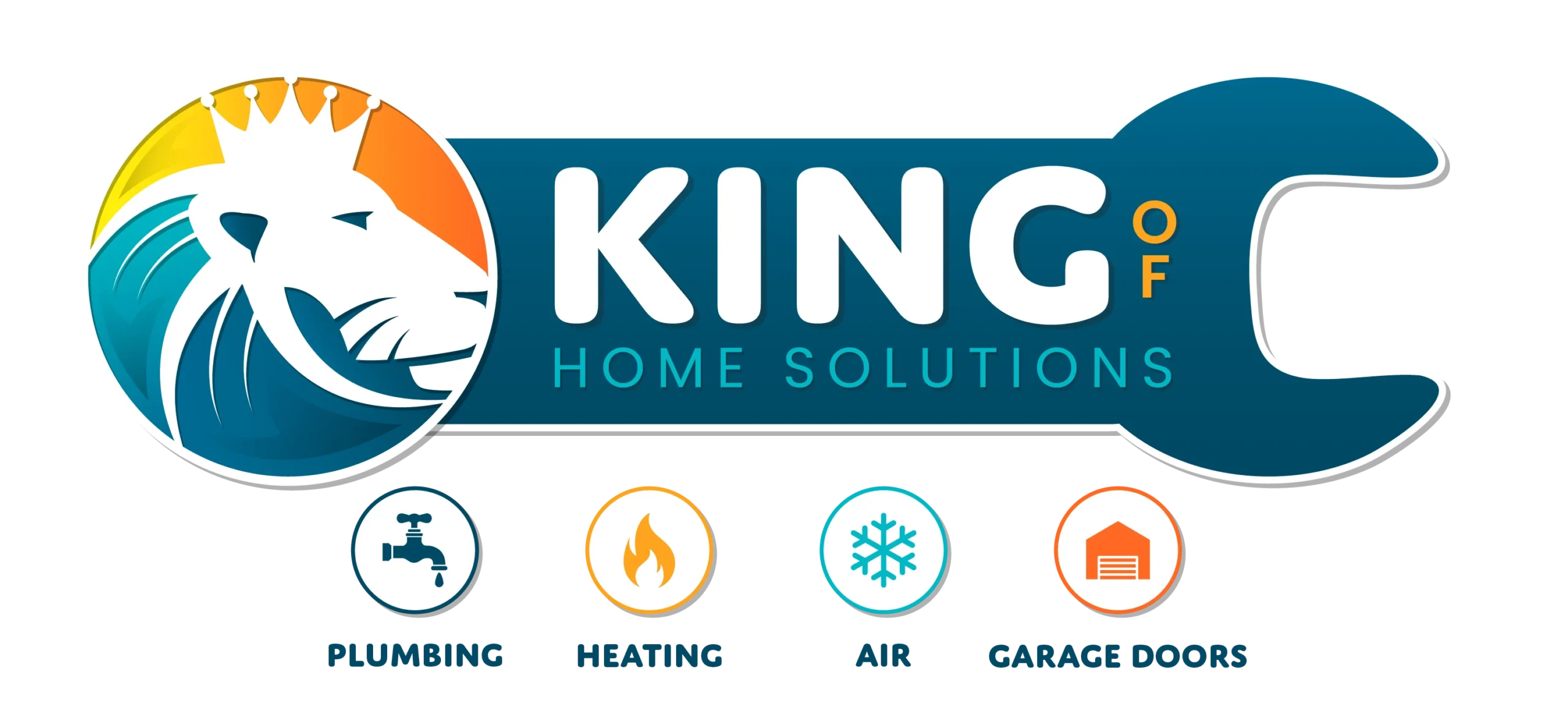Energy Tax Credits for HVAC and Plumbing: What Homeowners Need to Know
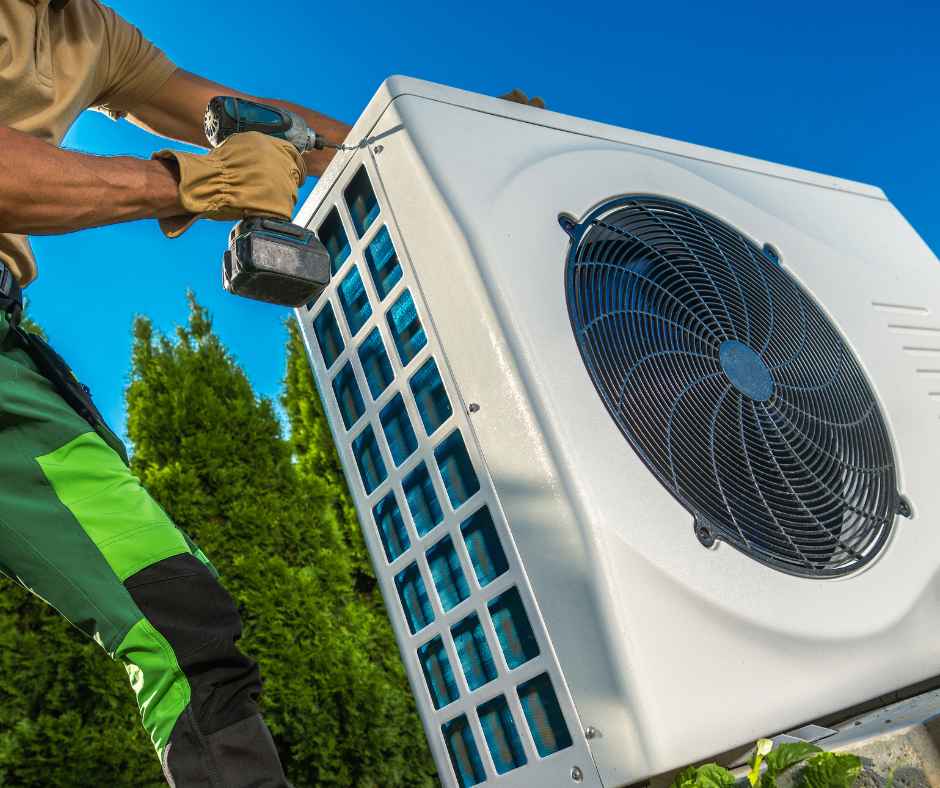
Energy Tax Credits for HVAC and Plumbing: What Homeowners Need to Know
Did you know that upgrading your home’s HVAC or plumbing systems in 2025 could lead to major savings at tax time? As energy prices continue to rise and sustainability becomes more important, homeowners are looking for ways to make smarter improvements. Fortunately, the federal government is offering generous tax credits for energy-efficient upgrades that benefit both your wallet and the environment.
Whether you’re considering a new heat pump, replacing an old water heater, or boosting your home’s overall efficiency, you may qualify for up to thousands in incentives. But understanding what systems are eligible—and how to claim those benefits—can be confusing without the right guidance. In this blog, we’ll break down the most important tax credit opportunities available in 2025 and how to take full advantage of them.
Understanding the Energy Efficiency Tax Credits
If you’re planning home upgrades in 2025, two key federal programs could help reduce your tax bill: the Energy Efficient Home Improvement Credit and the Residential Clean Energy Credit. These credits are designed to encourage homeowners to make eco-friendly improvements by offering real financial incentives—up to 30% of the project cost, depending on the type of upgrade.
The Energy Efficient Home Improvement Credit applies to qualified systems such as air source heat pumps and certain water heaters, as long as they meet ENERGY STAR certification requirements. These systems not only reduce your home’s carbon footprint, but they can also slash utility bills over time.
Homeowners are increasingly taking advantage of these tax breaks as a way to combat rising energy costs and prepare their homes for the future. Choosing qualifying products helps ensure better performance, lower operating costs, and eligibility for financial incentives.
On the flip side, not understanding or acting on these tax credits could mean missing out on hundreds or even thousands of dollars in savings. That’s why it’s important to know what qualifies and how to claim it properly.
Key HVAC and Plumbing Upgrades That Qualify
Several HVAC and plumbing upgrades are eligible for tax credits in 2025—but not just any system qualifies. To receive these federal tax benefits, your equipment must meet specific energy efficiency standards, typically ENERGY STAR certification. Below are some of the most valuable upgrades homeowners are making to cash in on these credits.
Air Source Heat Pumps
These are one of the most valuable tax credit opportunities. In 2025, you can receive a credit of 30% of the total cost, up to $2,000, for installing an ENERGY STAR-certified air source heat pump. These systems provide efficient heating and cooling and are especially popular for whole-home climate control upgrades.
Natural Gas, Oil, or Propane Water Heaters
If you’re replacing an older, less efficient water heater, you may qualify for a credit of 30% of the total cost, up to $600, when installing a high-efficiency unit that meets ENERGY STAR criteria. This is an excellent way to upgrade your plumbing system while gaining immediate and long-term cost savings.
Heat Pump Water Heaters
Also known as hybrid water heaters, these offer another lucrative credit—up to $2,000. They use electricity to move heat rather than generate it, making them far more energy-efficient than conventional electric water heaters. To qualify, the unit must meet ENERGY STAR requirements and be installed in your principal residence.
Why These Credits Exist
The federal government offers these credits to:
- Encourage energy-conscious decisions by homeowners
- Offset the higher upfront cost of energy-efficient systems
- Lower nationwide carbon emissions through residential energy improvements
- Support the goals of the Inflation Reduction Act, which expanded and extended these tax incentives through 2032
These incentives are not only about saving money—they’re also about promoting a smarter, more sustainable future for American homes.
How to Claim These Credits
Taking advantage of 2025’s energy tax credits starts with choosing qualifying equipment—but it doesn’t end there. To receive your savings, you’ll need to document your purchase and correctly submit your claim when filing your taxes. Here’s how to make the process as smooth as possible.
What You Can Do Yourself
- Save All Documentation: Keep copies of your purchase receipts and installation invoices. You’ll also need the Manufacturer’s Certification Statement, which confirms the equipment meets ENERGY STAR requirements and qualifies for the tax credit.
- Verify ENERGY STAR Certification: Before purchasing, double-check that your new HVAC or water heater system appears on the ENERGY STAR website. Even if a product seems high-efficiency, it must meet specific federal criteria to qualify.
- Fill Out IRS Form 5695: This form is essential to claim your credit.
- Use Part II of the form to report non-solar improvements, such as heat pumps and water heaters.
- Submit it with your federal income tax return.
- Keep a copy for your records in case of future audits or questions from the IRS.
- Calculate Your Credit Accurately: The total allowed credit per year may be capped (e.g., $1,200–$2,000 depending on system type). Read IRS instructions carefully or use a tax preparation software to avoid over-claiming.
When to Consult a Professional
While many homeowners can handle the filing themselves, there are times when it’s wise to reach out for professional help:
- Uncertainty About Eligibility: If you’re unsure whether your equipment meets the ENERGY STAR standards or whether your installation qualifies, a contractor or tax professional can verify that for you.
- Combining Tax Credits with Local Rebates: Some state or utility rebates can be used alongside federal credits—but you’ll want expert guidance to navigate multiple incentives and avoid double-dipping.
- Complex Installations: For whole-home HVAC upgrades or hybrid systems with multiple components, a tax professional can help properly report each portion of the improvement.
- Form 5695 Confusion: This form can be tricky, especially if you’re claiming more than one improvement or combining with past-year credits. If you’re unsure, a CPA or enrolled agent can help you get it right the first time.
Additional Tips to Maximize Your Tax Credit Benefits
Want to get the most from your HVAC and plumbing investments in 2025? These bonus tips can help you maximize your tax credits, save more energy, and avoid last-minute complications at tax time.
- Plan Your Upgrades Early in the Year: Many homeowners wait until peak seasons, but scheduling early ensures availability and plenty of time to complete the work before filing taxes.
- Ask for ENERGY STAR Documentation Upfront: Before installation begins, request written confirmation from your contractor that the system qualifies for the tax credit. This prevents surprises down the line.
- Combine Tax Credits With Rebates: Check with your local utility company or state energy program for additional rebates or incentives. Many of these can be stacked with federal tax credits for even greater savings.
- Replace Systems Before They Fail: Don’t wait for your water heater or HVAC system to break down. Proactive upgrades not only avoid emergencies, but also qualify you for incentives you’d miss if rushed.
- Schedule Preventative Maintenance: After installation, keep your new system running efficiently with annual maintenance. This extends lifespan, preserves energy savings, and ensures your investment continues to pay off.
- Track Annual Limits: Some credits have yearly caps (e.g., $1,200 for many upgrades, $2,000 for heat pumps). If you’re planning multiple projects, space them across years to maximize total benefit.
Wrap-Up: Save Energy and Money With 2025 Tax Credits
Investing in energy-efficient HVAC and plumbing systems in 2025 isn’t just a smart move for your comfort and home value—it’s a chance to put real money back in your pocket. With federal tax credits available for heat pumps, water heaters, and other qualifying systems, homeowners can take advantage of generous savings while reducing energy usage and environmental impact.
But these savings don’t happen automatically. To claim them, it’s important to choose ENERGY STAR certified equipment, keep your documentation in order, and submit the right tax forms. Whether you’re tackling a small water heater upgrade or a full HVAC overhaul, the 2025 tax credit programs are here to help you do it smarter.
Ready to upgrade your home and claim your tax credit? Contact King of Home Solutions today to schedule an estimate. Our team is here to help you choose eligible products, install them with expert care, and make sure you get every dollar of savings you qualify for.
Recent News
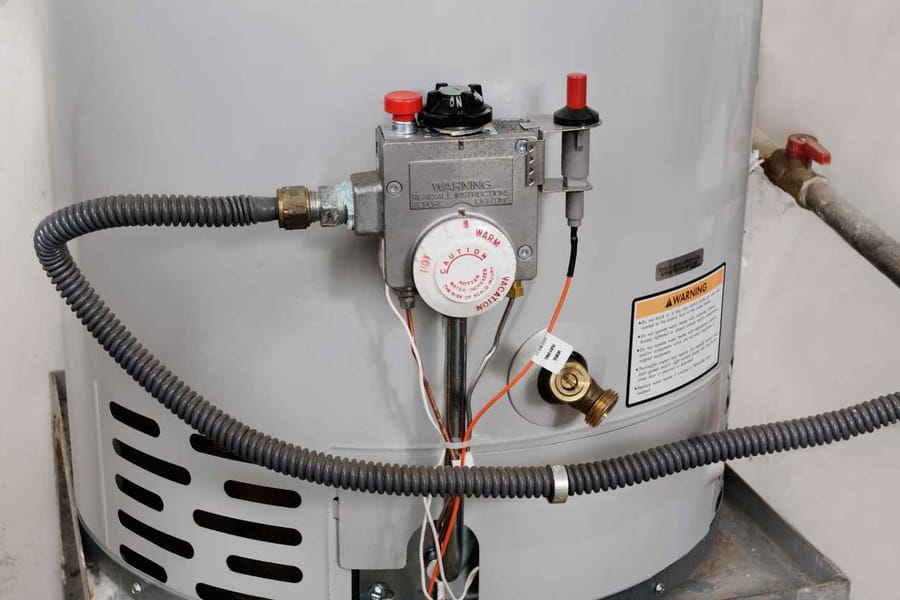
How to Tell When It’s Time to Replace Your Water Heater in Florida
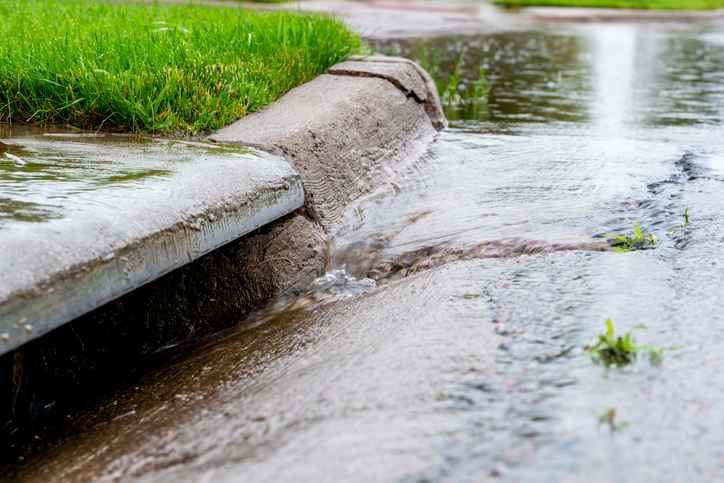
Why Jacksonville Homes Face More Plumbing Issues After Heavy Rain

Monthly HVAC & Plumbing Maintenance Checklist to Avoid Big Repairs
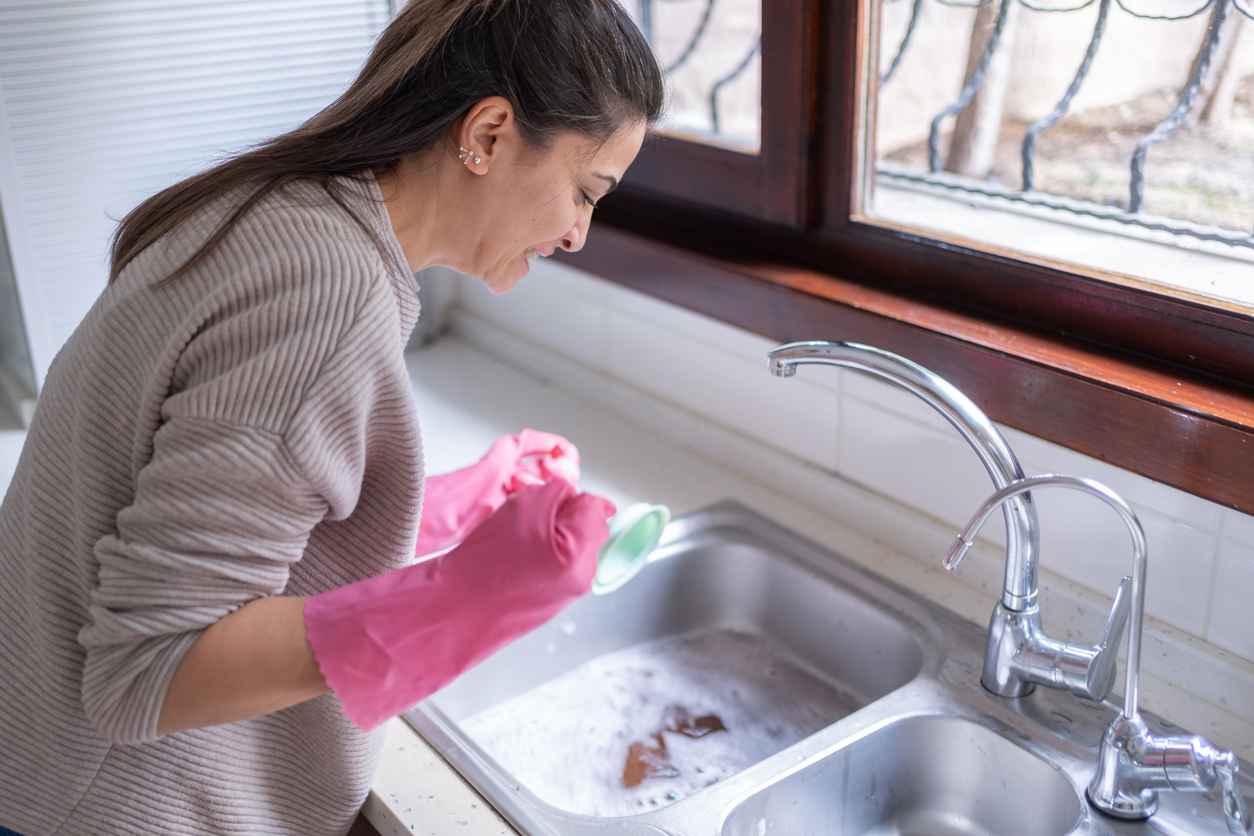
5 Signs to Spot Clogged Drains Early

What to Do When Your AC Stops Working in 90° Heat

Why is My Air Conditioner Leaking Water?

Why is My Air Conditioner Not Blowing Cold Air?
Get in Touch
